I received in the mail Couleurs café by Marie Hardy-Séguette. So the year will begin once again with the presentation of a book.
Couleurs café by Marie Hardy-Seguette
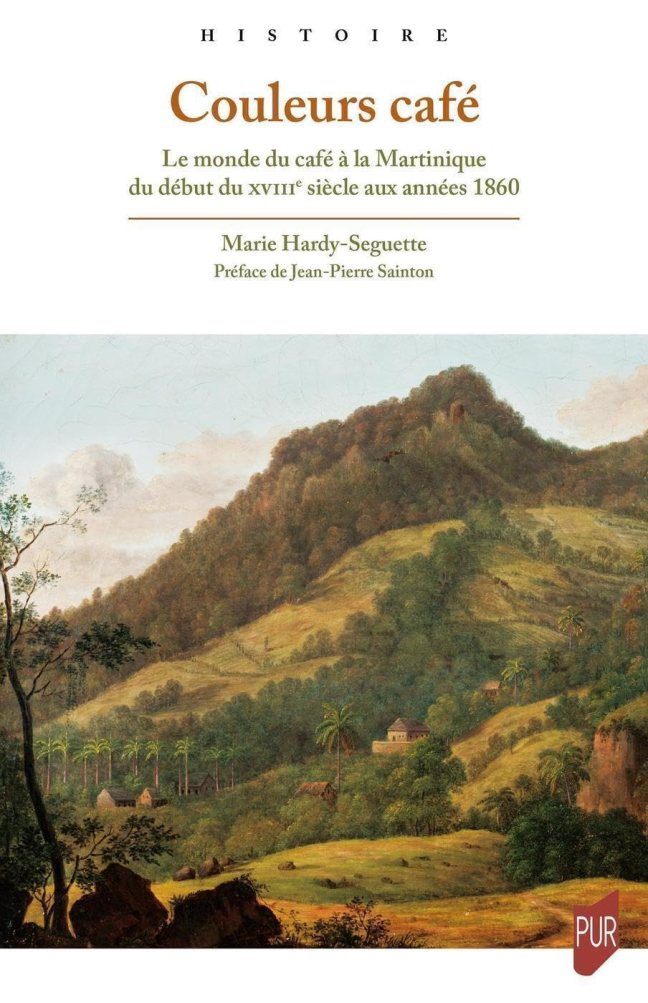

I received in the mail Couleurs café by Marie Hardy-Séguette. So the year will begin once again with the presentation of a book.
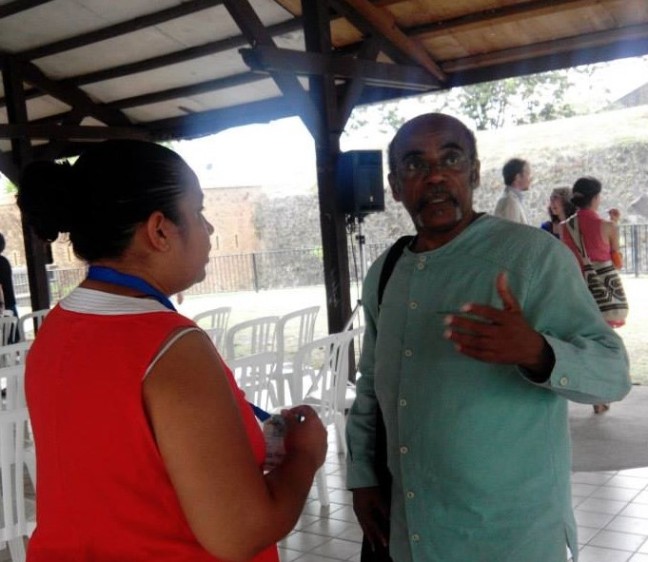
I'd forgotten that time doesn't wait, it rushes by and sometimes takes us by surprise. So today, as a form of tribute, I'm sharing with you, from my perspective, a research project that was close to his heart, and, through it, a little of the Jean-Pierre I've known, of what I owe him.
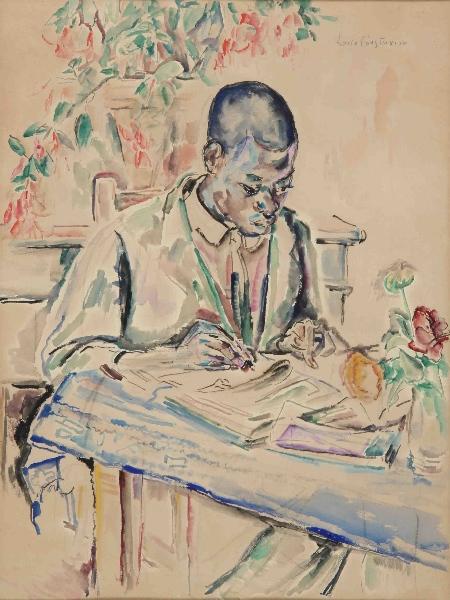
How emerged colorism ? I look at the ability to sign and the property, which amounts to a broader discussion of economic and cultural capital; finally, to conclude the series, I offer a brief reflection on the long-term impact of colorism.
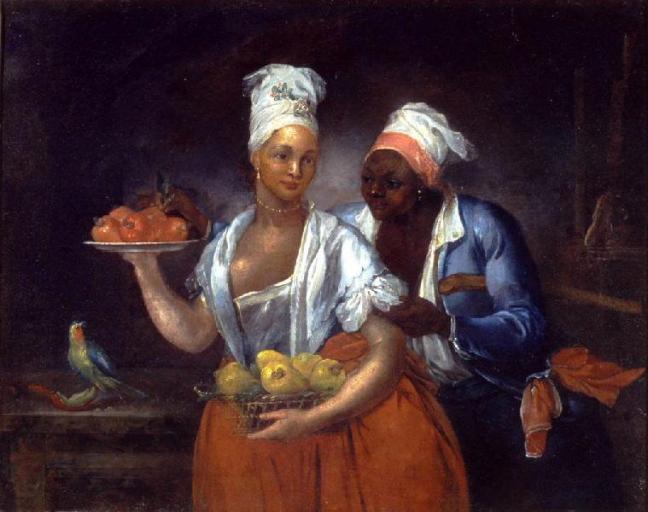
How emerged colorism ? Today, I'm going to talk about social relationships through demographics, spouse choice and passing. When a free person of color was lighter-skinned, she or he was less constrained in their choice of partner.
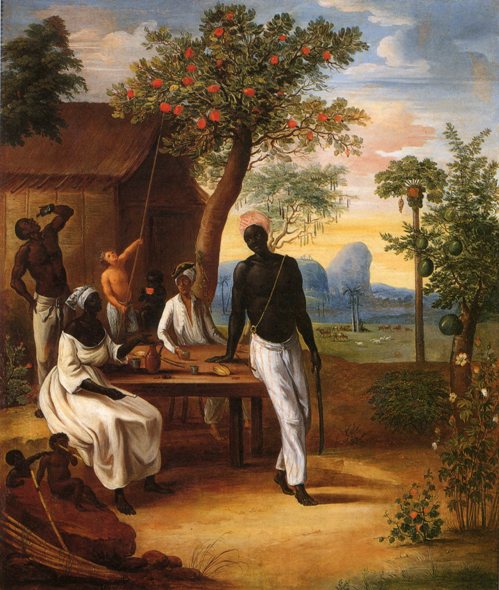
How emerged colorism ? Today, I analyze the influence of colorism in estimating the value of enslaved people. When an enslaved person’s skin was lighter, their market value increased.
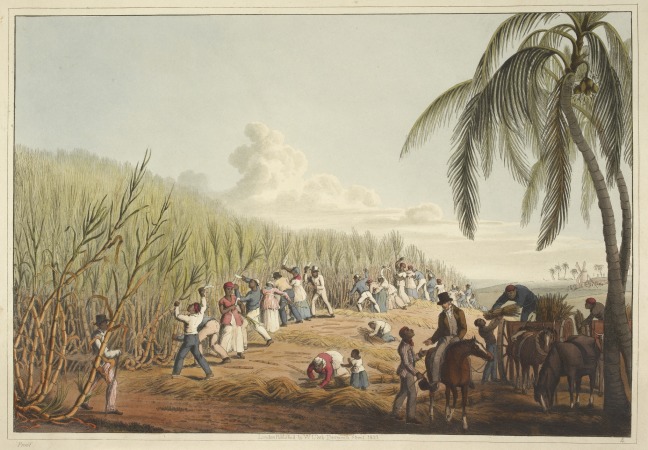
How emerged colorism ? Today, I'm going to look at inequalities in access to skilled work. when an enslaved person's skin was lighter, he or she was more likely to have a trade or skilled activity.
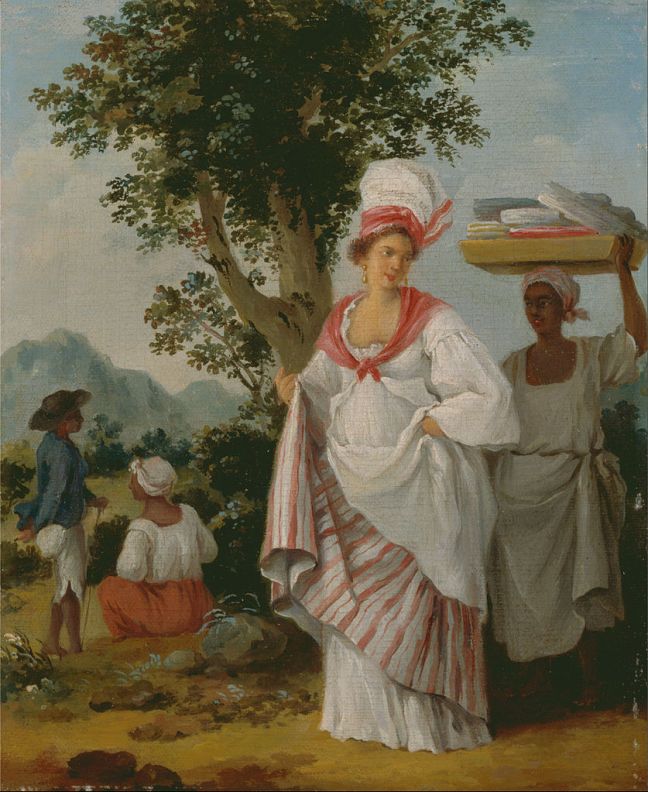
How emerged colorism ? Today, I'm going to focus on the question of manumission. When an enslaved person's skin was lighter, the chances of freedom increased
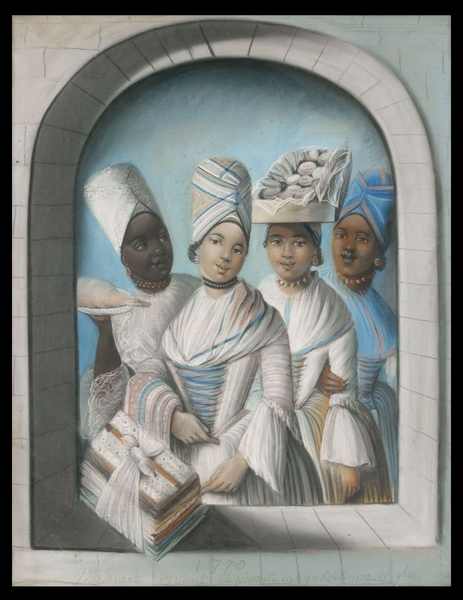
How did colorism come about? Today, I'm going to establish the framework,, and talk about how Caribbean societies have been forged over several centuries around the notion of "color".

Today, I invite you to a little sweetness: the fruits consumed in jams, marmalade, jelly ... in the Caribbean of the time of Father Labat.

Today, I share with you my questions and my investigation on the "slave market" of the Mouillage in Saint-Pierre of Martinique.

Today, I am gathering the elements of the life of Baptiste, an enslaved infirm "old negro" in 1833, who was formerly an apothecary.

Today, I propose to you to be looking at drinking with alcoholic and non-alcoholic drinks consumed in the Caribbean at the time of Father Labat. On the program: Sang-gris, Salibott, Ponche, Ouicou, Grappe...

Today, I'm talking about a bilingual (French/English) book, Kanawa, adventures in the Caribbean Sea which recounts the reconquest of Kalinagos construction and navigation skills and, beyond that, a rich human adventure.
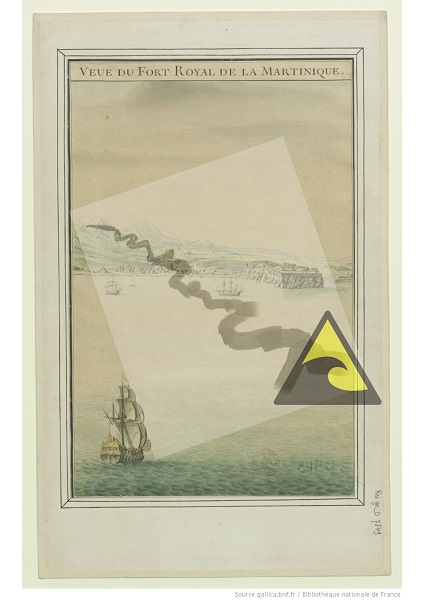
Fire of part of the city in May, hurricane in August, tidal wave and earthquake in September. I report to you what the archives tell us about these events of 1766, a black year for the city of Foyal and its inhabitants, but also for the whole island. Today, in this last episode, I tell you about the tidal wave of 18 September and the earthquake of 19 September.

Fire of part of the city in May, hurricane in August, tidal wave and earthquake in September. I report to you what the archives tell us about these events of 1766, a black year for the city of Foyal and its inhabitants, but also for the whole island. For this second part, we are interested in the violent hurricane that devastated the island during the night of 13 to 14 August, leaving families in mourning and in fear of famine.

Fire of part of the city in May, hurricane in August, tidal wave and earthquake in September. I report to you what the archives tell us about these events of 1766, a black year for the city of Foyal and its inhabitants, but also for the whole island. For the first of the three episodes, I am interested in the fire that broke out in the night of 19 to 20 May in the town of Fort-Royal, leaving an entire neighbourhood in ashes.

I don't know where to start. How do you find a sympathetic catchphrase to tell the story of an 11-year-old's girl marriage? Today, with a knot in my stomach, I tell you about Marie Françoise Rose.

Today, I propose you to see the pimentade, whose heir is a classic of our seasonings in the French Caribbean, today called sauce-chien [dog-sauce].

Today, I propose to you to see the recipes of the hot chocolate, drink so appreciated in the Caribbean.

Today, I present you the database "Minutes notariales de Saint-Pierre", a new resource very useful for researchers and full of perspectives for genealogy.

Today, since we are in the season of Lent, I propose paradoxically - Labat being rather a worshipper of good food - to start this series on the question of fasting. On the menu: manatee, iguana, diablotin, coffee, tea and chocolate.

Today, through the example of La Pagerie, I would like to talk to you about what goes on behind the scenes of the profession and to show you how scientific research can support museums, historical monuments and other cultural spaces to give meaning to the development of their collections and their heritage.

Today, I'm going to talk to you about French board games to get to know our Caribbean better!

Today, I wanted to share a singular story about the Domaine de La Pagerie: the trial in June 1806 of Émilie, enslaved, for attempted poisoning of his mistress.